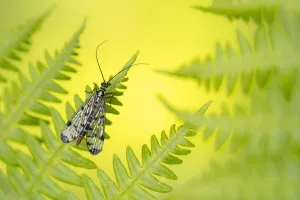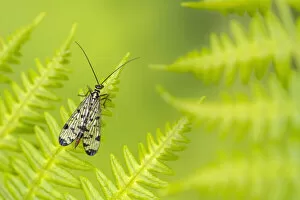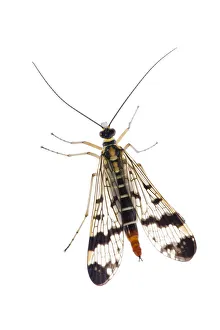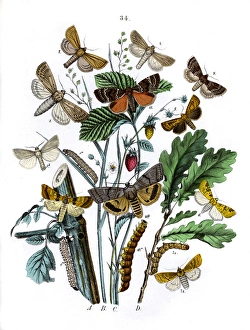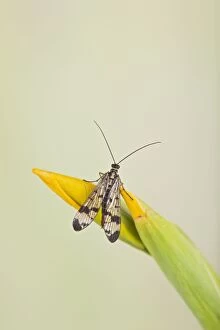Mecoptera Collection
"Mecoptera: The Enigmatic Scorpion Flies of the Natural World" In the tranquil landscapes of Cornwall, UK, a female Scorpion fly gracefully basks on bracken leaves
All Professionally Made to Order for Quick Shipping
"Mecoptera: The Enigmatic Scorpion Flies of the Natural World" In the tranquil landscapes of Cornwall, UK, a female Scorpion fly gracefully basks on bracken leaves. This captivating creature, belonging to the Panorpa species, showcases its unique scorpion-like tail that adds an air of mystery to its appearance. A stunning illustration from Curtis British Entomology Plate 696 captures this mesmerizing moment in nature's tapestry. Venturing further into the enthralling world of Mecoptera, we encounter another female Scorpion fly resting delicately on Bracken in Germany's Untergroeningen region. With their distinctively shaped wings and long antennae, these insects never fail to captivate our imagination. Meanwhile, a male Scorpion fly finds solace amidst lush foliage in Peak District National Park. His vibrant presence adds a touch of elegance to his surroundings as he soaks up the warm sunlight. These fascinating creatures remind us that even within seemingly ordinary environments, extraordinary wonders await those who take notice. Traveling across borders and seasons brings us face-to-face with the Common scorpionfly (Panorpa communis) in Austria's Naturpark Kaunergrat during July 2008. Its delicate features are beautifully captured against a backdrop of Fliess' breathtaking scenery. This image serves as a reminder that nature knows no boundaries and continues to inspire awe wherever it flourishes. Orthosiidae takes center stage through an intricate illustration showcasing their remarkable characteristics. Their inclusion highlights not only their beauty but also their significance within the Mecoptera family tree—an invaluable contribution to scientific understanding. From picturesque meadows adorned with red campion flowers to unexpected encounters with other insects like flies—a scorpionfly's feeding habits come alive before our eyes through vivid imagery and close-up shots captured by talented photographers worldwide. As we delve deeper into this enigmatic world inhabited by Mecoptera, we are reminded of the intricate interconnectedness of nature.

